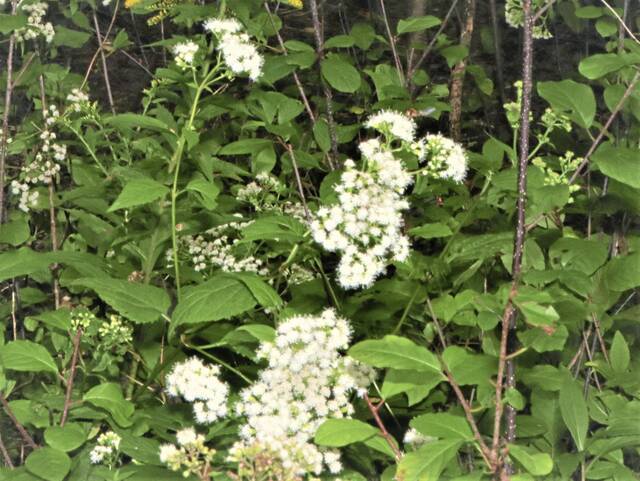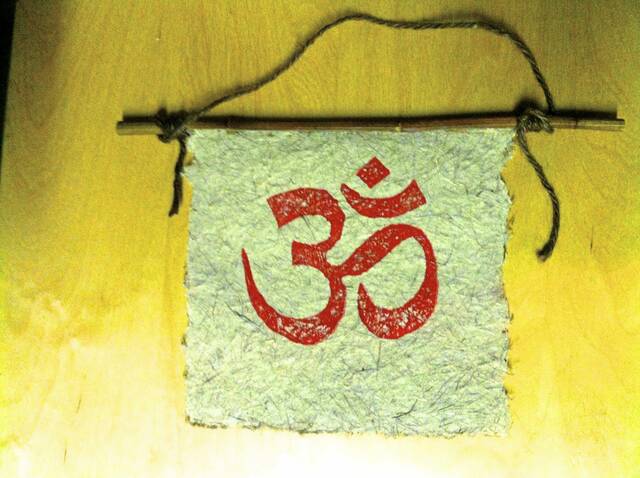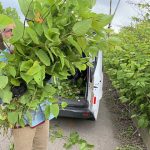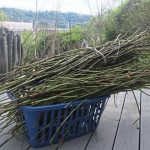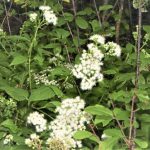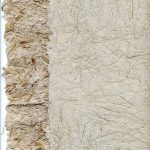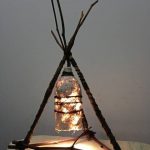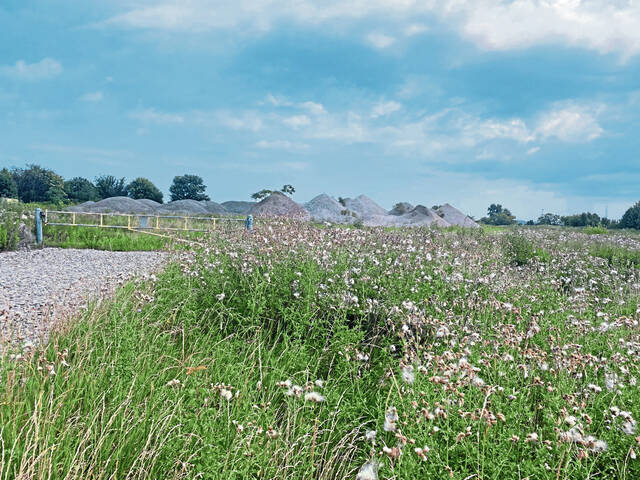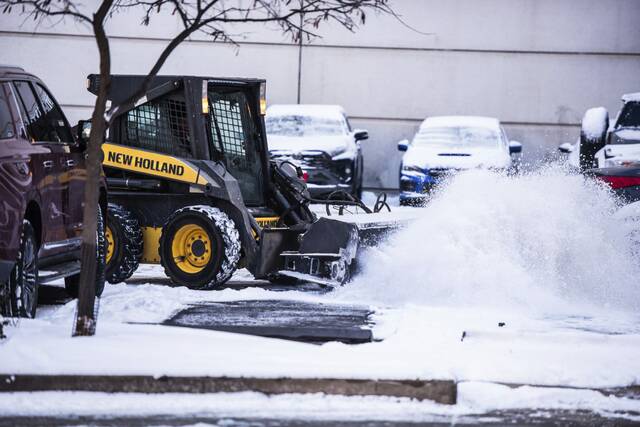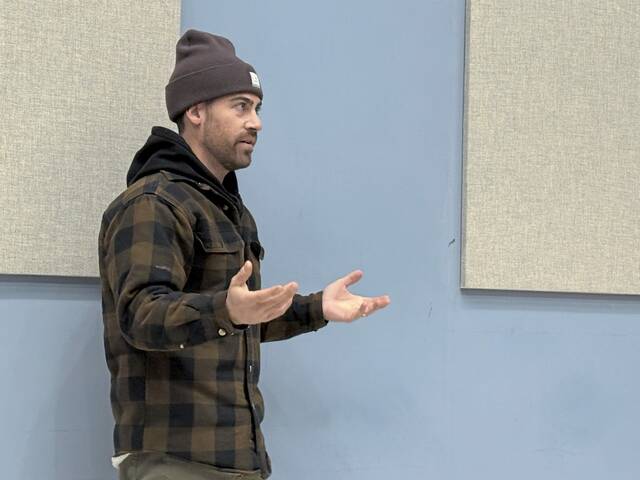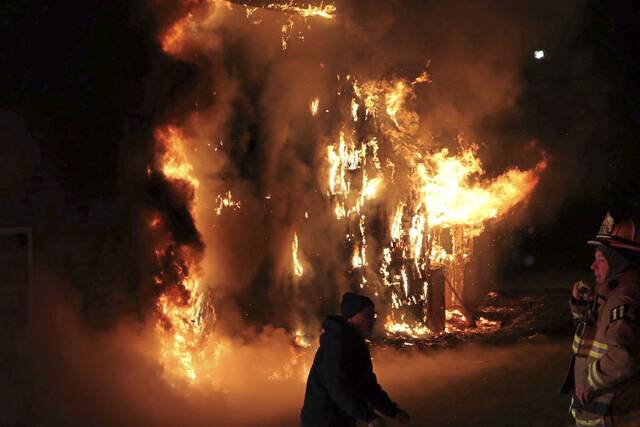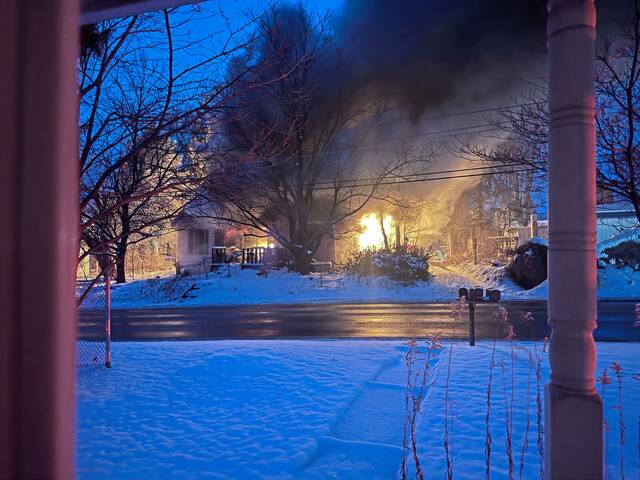When Albert Pantone runs out of paper, he just heads to the nearest stand of invasive Japanese knotweed.
“We always think of trees when it comes to paper, but anything with fibers can be used to make paper,” said Pantone, owner of Knot Just Weeds in Braddock. “You can even use the fibers from dryer sheets to make it!”
On July 11, Pantone will be joined in Murrysville by members of ReImagine Turtle Creek to present “Crafting with Invasive Species,” where he will show participants how to use knotweed and create paper.
Pantone, who owns and operates Knot Just Weeds at an outdoor studio, said the best time to harvest knotweed is between the end of May and early July.
“You want to harvest stalks about the diameter of your finger,” he said. “I cut off all the side branches, strip the leaves, cut the stalks into about one or one-and-a-half-inch pieces, then I cook them down in a simple borax soap solution, which cooks everything out except the fibers.”
And while a small batch can be pounded with a mallet as the next step in the process, Pantone said he typically sends his to a commercial paper producer to be processed in a machine called a beater.
From there it is formed into paper, although not the kind you get in clean, bleached-white reams from the office-supply store.
“You can see the fibers in it, and it has a light brown to reddish brown color,” Pantone said. “And if you want a piece of ‘art’ paper with big chunks of fiber all throughout, you can do it that way as well.”
And if making paper isn’t your thing, the same Japanese knotweed can go from the art studio to the kitchen – it’s edible and tastes like a combination of lemon and rhubarb.
“You just have to know where you’re harvesting it, to make sure it’s free of chemicals or heavy metals,” Pantone said. “And in the fall, you can make a really delicious late-September honey with the little white flowers that bloom on it.”
In addition to knotweed paper-making, Rick Duncan of the Penn Hills Shade Tree Commission will discuss efforts to eradicate knotweed in Pittsburgh’s eastern suburbs.
As an invasive species, knotweed has no natural inhibitors and can aggressively establish itself along moist areas like riverbanks and roadsides, as well as choke out native vegetation, grow through the foundation of buildings, clog waterways and damage infrastructure.
The July 11 program will be at 5:30 p.m. at the Roberts Trailhead, 4301 William Penn Highway in Murrysville. There is no cost to attend. For more, or to sign up to attend, see ReimagineTCWAC.org/events.




